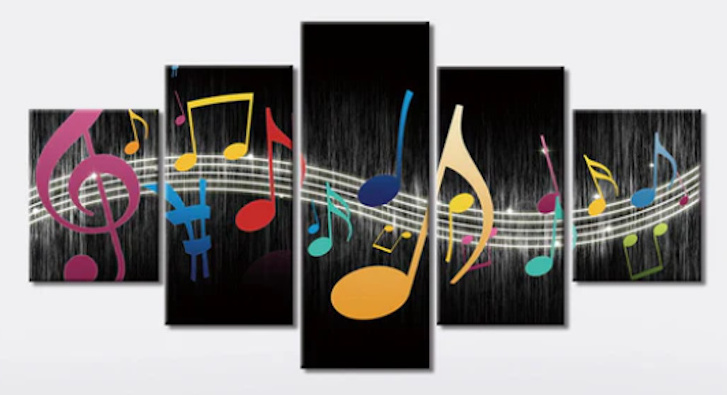
 |
|
|
|
The Evolution of Pop Music: A Journey Through Time: :The Sub-Genres of the Blues: Exploring the Subgenres of Blues Music Blues music, a genre with deep roots in African American history and culture, has evolved significantly since its origins in the late 19th century. Over time, it has branched into various subgenres, each with its unique characteristics and influences. Below are some of the most notable subgenres of blues music: 1. Delta Blues Originating in the Mississippi Delta, Delta blues is one of the earliest forms of the genre. Characterized by its raw, emotional sound, it often features slide guitar, simple instrumentation, and deeply personal lyrics. Artists like Robert Johnson, Son House, and Charley Patton pioneered this style, which heavily influenced later blues and rock musicians. 2. Chicago Blues As African Americans migrated north during the Great Migration, the blues transformed in urban settings like Chicago. Chicago blues introduced electric guitars, amplified harmonicas, and a full-band sound. Notable figures include Muddy Waters, Howlin' Wolf, and Willie Dixon, who helped shape the modern blues and rock movements. 3. Texas Blues Texas blues blends traditional blues structures with jazz influences, creating a smoother and more fluid guitar style. Legends such as T-Bone Walker and later Stevie Ray Vaughan brought Texas blues to prominence, often incorporating fiery guitar solos and dynamic performances. 4. Piedmont Blues Piedmont blues, named after the Piedmont region of the Eastern U.S., is distinguished by its intricate fingerpicking style. Unlike the deep, mournful tone of Delta blues, Piedmont blues often has a lighter, more rhythmic feel. Artists like Blind Willie McTell and Reverend Gary Davis were key figures in this subgenre. 5. Jump Blues Jump blues emerged in the 1940s, blending swing and jazz with blues elements. Known for its upbeat tempo and horn sections, it served as a precursor to early rock and roll. Artists like Louis Jordan and Big Joe Turner popularized this energetic style, making it a staple of dance halls. 6. West Coast Blues West Coast blues, strongly influenced by jazz, features smooth guitar lines and sophisticated arrangements. This subgenre, led by musicians like T-Bone Walker and Charles Brown, often incorporates piano and horns, giving it a polished, refined sound. 7. British Blues In the 1960s, British musicians adopted and expanded upon American blues, infusing it with rock elements. Bands like The Rolling Stones, Fleetwood Mac (in its early years), and The Yardbirds helped introduce blues to a global audience, influencing countless rock musicians. 8. Blues Rock Blues rock is a fusion of blues and rock that emerged in the mid-20th century. With electrified instruments, powerful guitar riffs, and extended solos, artists like Eric Clapton, Jimi Hendrix, and The Allman Brothers Band pushed blues into mainstream rock music. Conclusion Blues music continues to evolve, influencing modern genres such as soul, R&B, and rock. Each subgenre contributes to the rich tapestry of blues, preserving its legacy while allowing for innovation and new expressions. Whether traditional or contemporary, blues remains a powerful and emotive form of musical storytelling. |
|
|